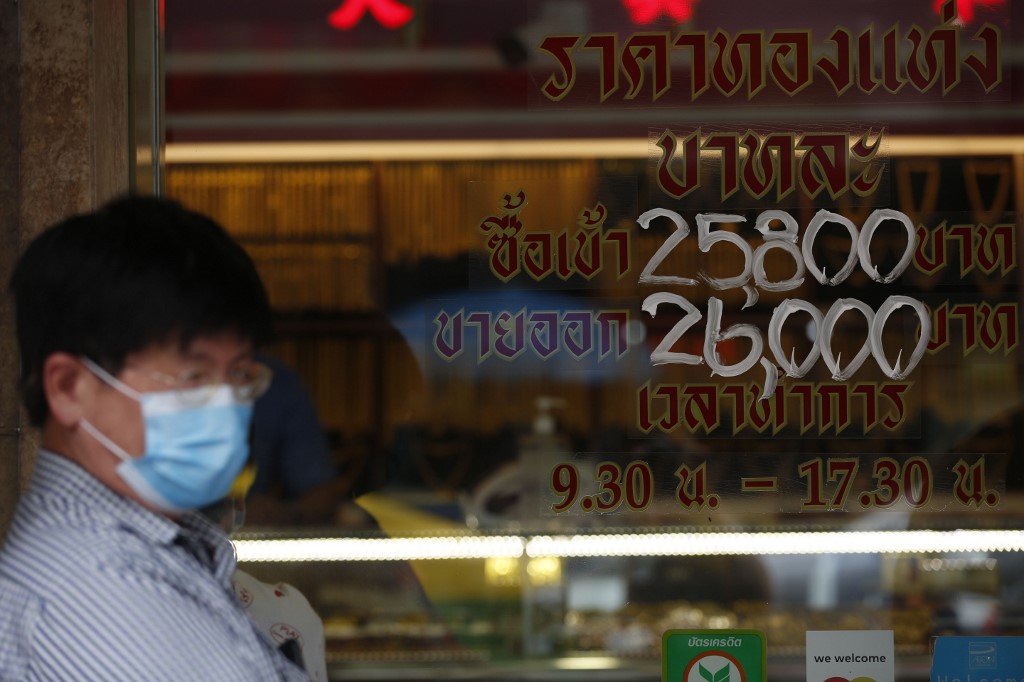(ATF) In 1924, John Maynard Keynes called gold – or rather, the gold standard – a “barbarous relic.” The phrase is pulled out of the drawer every time a rally in gold appears to have gone too far. It’s soon again shelved and forgotten every time the global lead currency, the US dollar, gets in trouble as a store of value.
I’m not proposing to reopen the drawer at this point. Few in any case would disagree with Keynes’ original view that the gold standard was a thing of the past.
But what do you invest in if interest rates are zero almost everywhere, equity valuations are horribly stretched, the greenback is declining and its fundamentals look lousy?
Gold touched the all-time high $2000 level today – at 9:20am HK time, to be precise. Soon after, it sharply declined in two big steps, from $2,000 to $1,955, and a few hours later from $1,955 to $1,931.
As at this writing, 6pm HK time, it has made up most of the second drop and recovered to the $1,953 level.
Such volatility (and even sharper volatility in silver) does suggest a serious rethink by at least a sizeable number of the investors who jumped into gold when it became clear by July 16 that the US was facing a serious and largely uncontrolled second Covid-19 wave and would suffer the economic consequences.
Between then and now, the US dollar (on the dollar index or DXY) sharply declined from 96.35 to 93.50 while gold made its $1800 to $2,000 move.
Basics unchanged
I see cause for a pause for reflection. But since the basics haven’t changed – the virus continues to rage on in the US and is making threatening comebacks elsewhere, the economic consequences are obvious and the US Treasury 5-year yield is stuck at 0.28% and showing no sign of moving higher – after a decent interval to listen what the US Fed tells us Wednesday night, I’d be prepared to add to gold exposure.
The US dollar has recovered a bit of ground (emphasis on bit) on the DXY and trades at 93.7530 up from the day’s low of 93.4970 in the morning. The euro is stable at 1.1732 against the US dollar.
The PBoC set central parity for the yuan at 6.9895 Tuesday morning and now stands at 7.0030. It’s a small dip within a narrow trading range. It might indicate some concern about the latest Covid 19 outbreak in NE China reaching Beijing.
But I see no reason to change my near-term forecast of a 6.96 – 7.00 trading range.
























